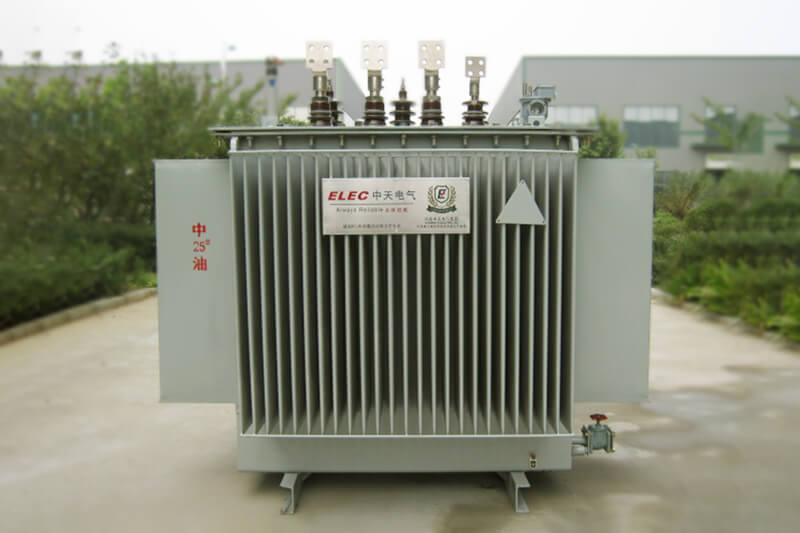
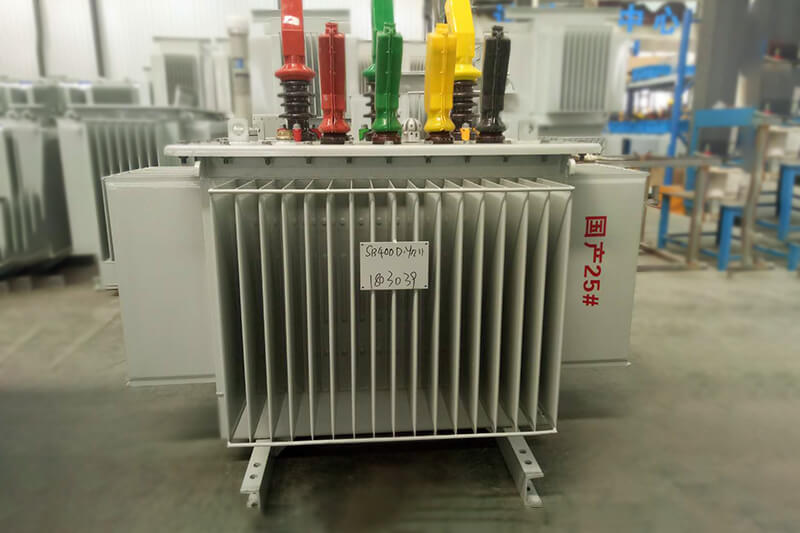
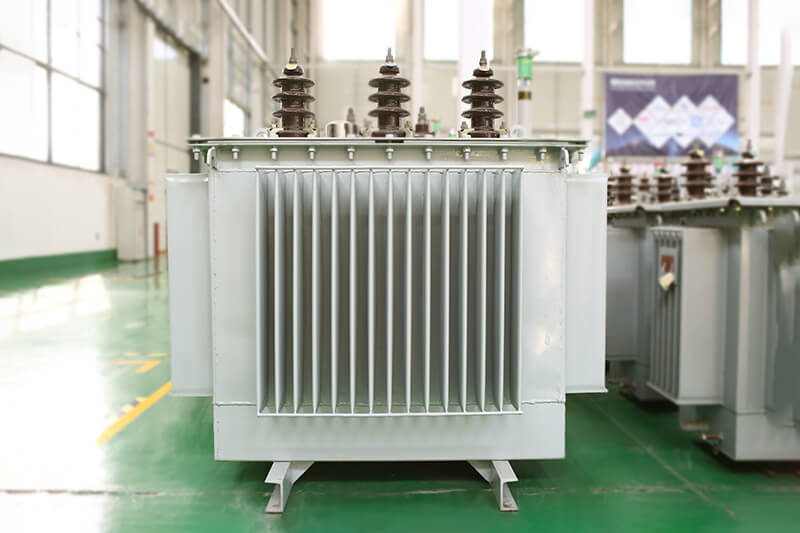
The principle of power transformer
After the primary winding (primary winding) of the power transformer is connected to the AC power supply, an alternating current flows through the winding to generate magnetic flux. Under this magnetic flux, there is alternating magnetic flux in the iron core. That is, the primary winding is removed from the power supply. The electrical energy is drawn into magnetic energy and the chain thickness and secondary winding (secondary winding) are simultaneously crossed in the iron core of power transformer. Due to the effect of electromagnetic induction which induced electromotive force with the same frequency is generated in the primary and secondary windings, respectively. If the secondary winding of power transformer is connected to the load at this time, under the action of the induced electromotive force of the secondary winding, a current flows through the load and the magnetic energy in the iron core is converted into electrical energy again. This is how power transformers use electromagnetic induction to transfer power from the power supply to the load.
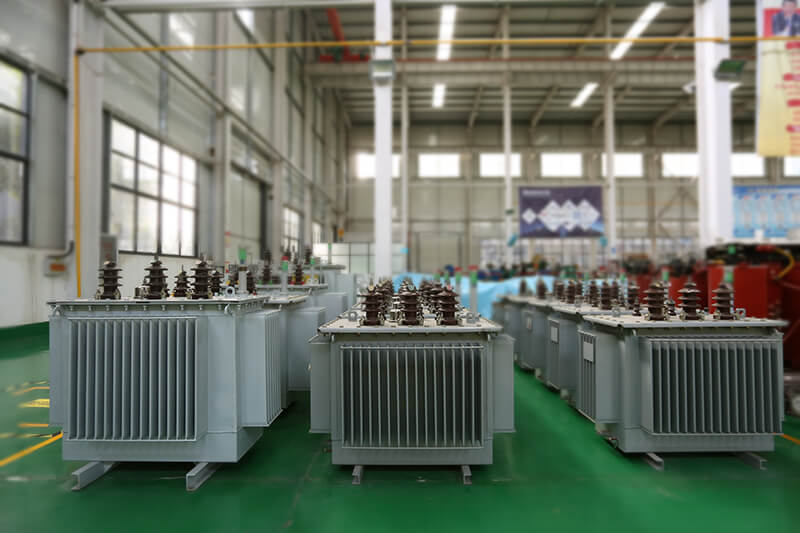
The classifications of power transformer
1. Function:
Power transformers are divided into two categories according to their functions: step-up transformers and step-down transformers. Step-down transformers are used in factory substations. The step-down transformer of the terminal substation is also called the distribution transformer.
2. Capacity:
Power transformers are divided into capacity series, including R8 capacity series and R10 capacity series.
R8 capacity series refers to the capacity grade is increased by R8≈1.33 multiples, our old transformer capacity grade adopts this series, such as: 100kvA, 135kvA, 180kvA, 240kvA, 320kvA, 420kvA, 560kvA, 750kvA, 1000kvA, etc.
R10 capacity series refers to the capacity grade is increased by R10 ≈ 1.26 times. The R10 series has a relatively dense capacity level, which is convenient for reasonable selection, and is recommended by the IEC. China's new transformer capacity grade uses this series, such as: 100KVA, 125kvA, 160kvA, 200kvA, 250kvA, 315kvA, 400kvA, 500kvA, 630kvA, 800kvA, 1000kvA.
3. The number of phases:
Power transformers are divided according to the number of phases, there are two categories of single-phase and three-phase. Factory substations usually use three-phase power transformers.
4. According to the pressure regulation method:
Power transformers are classified according to the voltage regulation mode, with or without load regulation (also called non-excited voltage regulation) and on-load voltage regulation. Most factory substations use no-load voltage-regulating transformers.
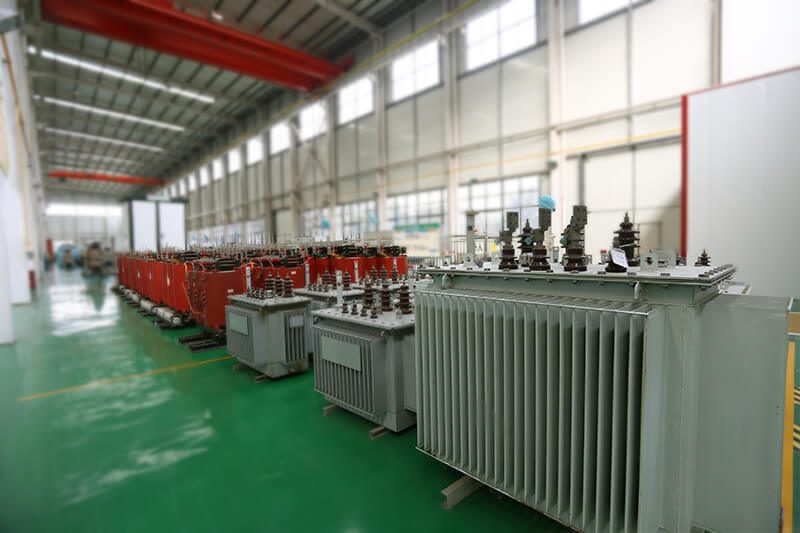
5. The winding structure:
Power transformers are divided according to winding structure, including single-winding autotransformer, double-winding transformer and triple-winding transformer. Most factories substations use dual-winding transformers.
6. The winding insulation and cooling methods:
Power transformers are divided into winding insulation and cooling methods which include oil-immersed, dry and inflatable (SF6). Among them are oil-immersed transformers, oil-immersed self-cooling, oil-immersed air-cooled, oil-immersed water-cooled, and forced oil circulation cooling. Factory substations mostly use oil-immersed self-cooled transformers.
The so-called gas-filled transformer refers to a transformer in which the magnetic circuit (iron core) and windings of the power transformer are located in a casing filled with insulating gas. In the past, SF6 gas was generally used, so it is also called gas insulated transformer
7. According to the winding conductor material:
Power transformers are classified according to the material of the winding conductor. There are two major categories of copper winding transformers and aluminum winding transformers. Factory transformer substations used aluminum winding transformers in the past, but low-loss copper winding transformers are now more and more widely used.

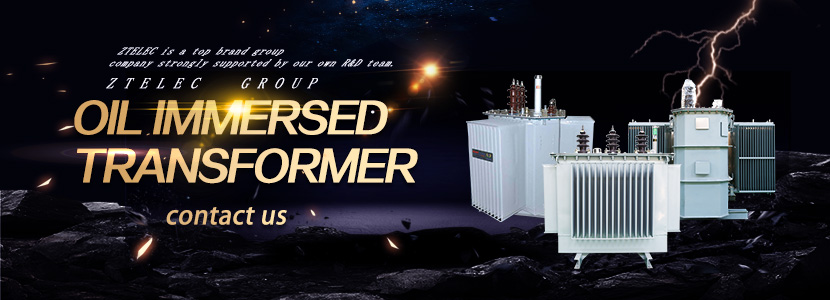
.png)
.png)
.png)
